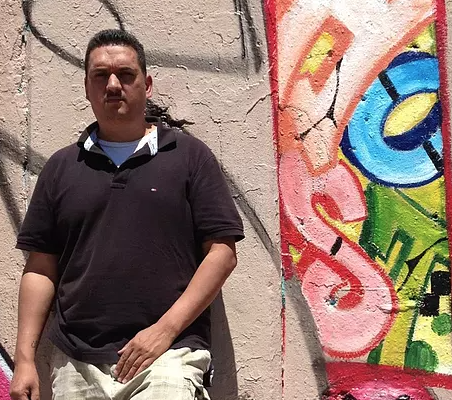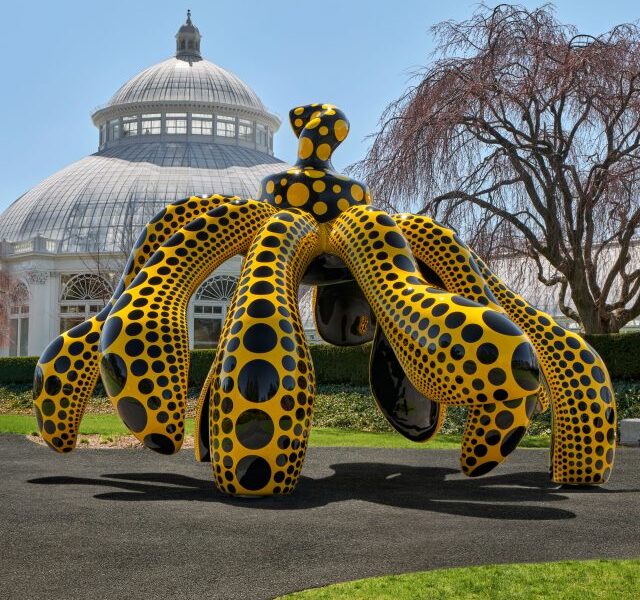Jean-Michel Basquiat – Expressions of Social Justice
History was made recently when Japanese billionaire, Yusaku Maezawa, bought the 1982 Untitled painting by Jean Michel Basquiat. It was an uplifting yet extremely chilling moment at the Sotheby’s postwar and contemporary auction. The sale of the vibrant painting Untitled sold for $110.5 million at the auction. The salesroom was overflowing with thrilled bidders and an astonished crowd. This is the most expensive work to ever sell at auction by any American artist, and is also a masterpiece powerfully created by a talented African-American artist. The piece is also considered to be the first work created since 1980 to earn over $100 million. Jean Michel Basquiat has already been considered influential for being an Afro-Latino artist that defined a decade. In honor of this special moment, I think we should honor and remember his legacy more often. Basquiat was more than his dating life, more than his style, more than his iconic crown symbols, and more than being friends with Andy Warhol. It is absolutely important that we continue to celebrate Basquiat for who he truly was and what he represented. Basquiat has more amazing art pieces that should definitely be acknowledged and treasured.
Basquiat was a Neo-Expressionist artist, his work was consistently filled with intense color and raw subject matter. The iconic paintings and drawings of Basquiat showcased an interpretation of black identity in America, which formed a significant role in the artistic explosion of New York City during the 1980’s. There was very little representation with artist of color in the downtown art scene, but Basquiat overcame that reality. In 1979, Basquiat first attracted attention for his early work SAMO ©, as in SAMe Old Shit. This consisted of tagging poetry and imagery all over the city with his friend Al Diaz. They were both City-As-School students. It was a new art form meant to end mind wash religion and politics, it acted an escape clause that was sometimes brief, surprising, and made into satirical statements. These drawings either contained a single word, short phrase, or a simple image referring to a person and event.
The rise of graffiti art, and the misunderstanding surrounding the art form, eventually influenced law enforcement to get tougher “on crime”, resulting in a war on graffiti. The battle turned misdemeanors into felonies, and community service into jail time. This was an extremely costly and brutal effort to remove graffiti from the city for good. The initials or nicknames that were seen on subway walls may have been considered art for some, but not for those with privilege and influence. Some New York citizens began to help scrub subways, public buildings, fences, and walls to remove the graffiti, while officers began profiling graffiti artists and writers. The street artists were being categorized and described as “sociopaths, drug addicts, and monsters.” At this time, people were also being arrested for breakdancing in subway stations, or for throwing parties in the Bronx – some of which were significant and influential activities that represented the birth of Hip-Hop. The low income communities in New York City, particularly areas with high concentrations of people of color, were definitely being targeted.
The 80’s was a different time period from when we heard the leadership of Martin Luther King Jr. and Malcolm X. The never-ending pattern where cops would shoot black people and getting away with it began to get national attention through television. Basquiat’s Defacement (The Death of Michael Stewart) is an example of that reality; it was a depiction of the last moments of Michael Stewart, who was beaten to death by police officers in September of 1983. Michael Stewart was a graffiti artist who had left the Pyramid Club, located at the Lower East Side of Manhattan to catch a train ride back home to Brooklyn. The 25-year-old graffiti artist allegedly pulled out a marker to write on the wall. Stewart was unaware he was being watched by police. As he was arrested, two separate beatings took place, one outside the L train station and one outside the police station where Stewart was taken first. The badly bruised Stewart arrived at Bellevue Hospital in police custody. Unfortunately, Stewart was unable to bring himself out of a coma. It is heartbreaking to think that all of this happened just because he tagged a subway wall. He did not hurt anyone.
The Defacement (The Death of Michael Stewart) painting connects other attacks and deaths of people of color, such as Emmett Till, Rodney King, Trayvon Martin, Michael Brown, and Eric Garner. Basquiat had a strong awareness of USA’s history in racial tension, but he challenged police brutality with his art, knowing he could have been in Michael Stewarts place. The “graffiti plague”, as they would call it, could have been handled a lot more carefully. Perhaps a public art program could have changed the lives for the creatives back then. Legislators didn’t seem notice how graffiti was an outpouring of frustration and expression.
Basquiat’s Irony of the Negro Policeman raises questions, such as, why should an African-American work for a police state that works against them? The body symmetry is very unnatural, which could comment on how foolish it is for an African-American to enslave their own race by working for a police force influenced by white supremacy. This Basquiat painting was intended to show the control that white society has over African-Americans. The colors are put together in a conflicting way, each colors are fighting for a dominant position in the space of painting, and the patterns are working against each other rather than working together. This nuance showcases the tension of the issue. The policeman is also outlined in a mask-like head which could possibly symbolize a false perception, perhaps an imprisoning of identity.
Basquiat’s 1982 piece Obnoxious Liberals represents the ills of capitalistic exploitation. The powerless victim in the painting is held hostage by the mainstream American culture, which is being represented with cowboy hats, dollar signs, and Uncle Sam top hats. The victim’s dark skin also hints at the unfortunate systematic oppression of African-Americans. Another extraordinary piece from Basquiat is the 1983 painting Hollywood Africans which also illustrates the troubles of being black in America. The painting reflects the many stereotypes involving people of color in the entertainment industry, and American society at large. The painting made me think about our current world, how people were really frustrated by the thought of Idris Elba possibly being the next James Bond, since society seems to be so used to a white man playing this type of role. Racism and discrimination has always been present, even within the world of Hollywood. There has always been very limited roles available for black actors in films. This piece definitely relates to our current world, where there is a constant appropriation of black culture and stigmas of black characters.
Jean Michel Basquiat addresses multiple issues in his artworks, and he has consistently celebrated African American culture through his artwork, as he would often make people of color the protagonists of his paintings. Basquiat was very proud to be both Puerto Rican and Haitian. Regardless of the low moments in his life, Basquiat has become an inspiration to everyone. He certainly defined a decade as he would break racial boundaries during his time alive. Neo-Expressionist artists like Basquiat would often sell and deal with buyers and art galleries. Unfortunately, the sudden rise in popularity of this art form led to a decline in prices for pieces due to the movement’s over-production, which caused a collapse of the market. The obsession of making money and gaining a higher reputation in the art scene played a role in the decline of this artistic movement. Although Basquiat’s life ended on a tragic note, he is still celebrated everywhere. Basquiat deserves to have one of his paintings to be among the most expensive today. Basquiat brought together his practices, traditions, and unique styles to create art which reflected the urban origins and his African-Caribbean heritage. It is great to see how much he has accomplished, especially after his passing.
*The opinions and ideas expressed are solely those of the author, and do not reflect the opinions of The Bronx Brand*




